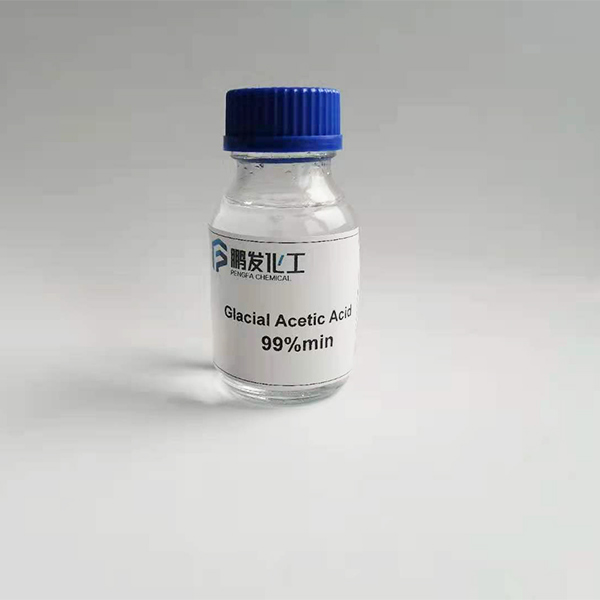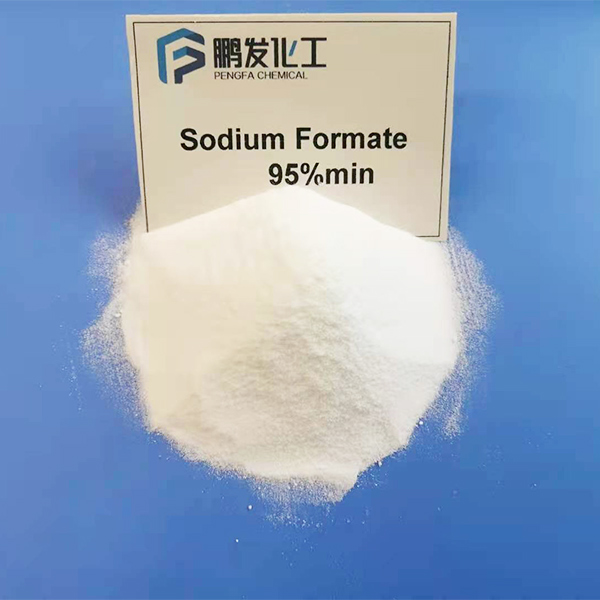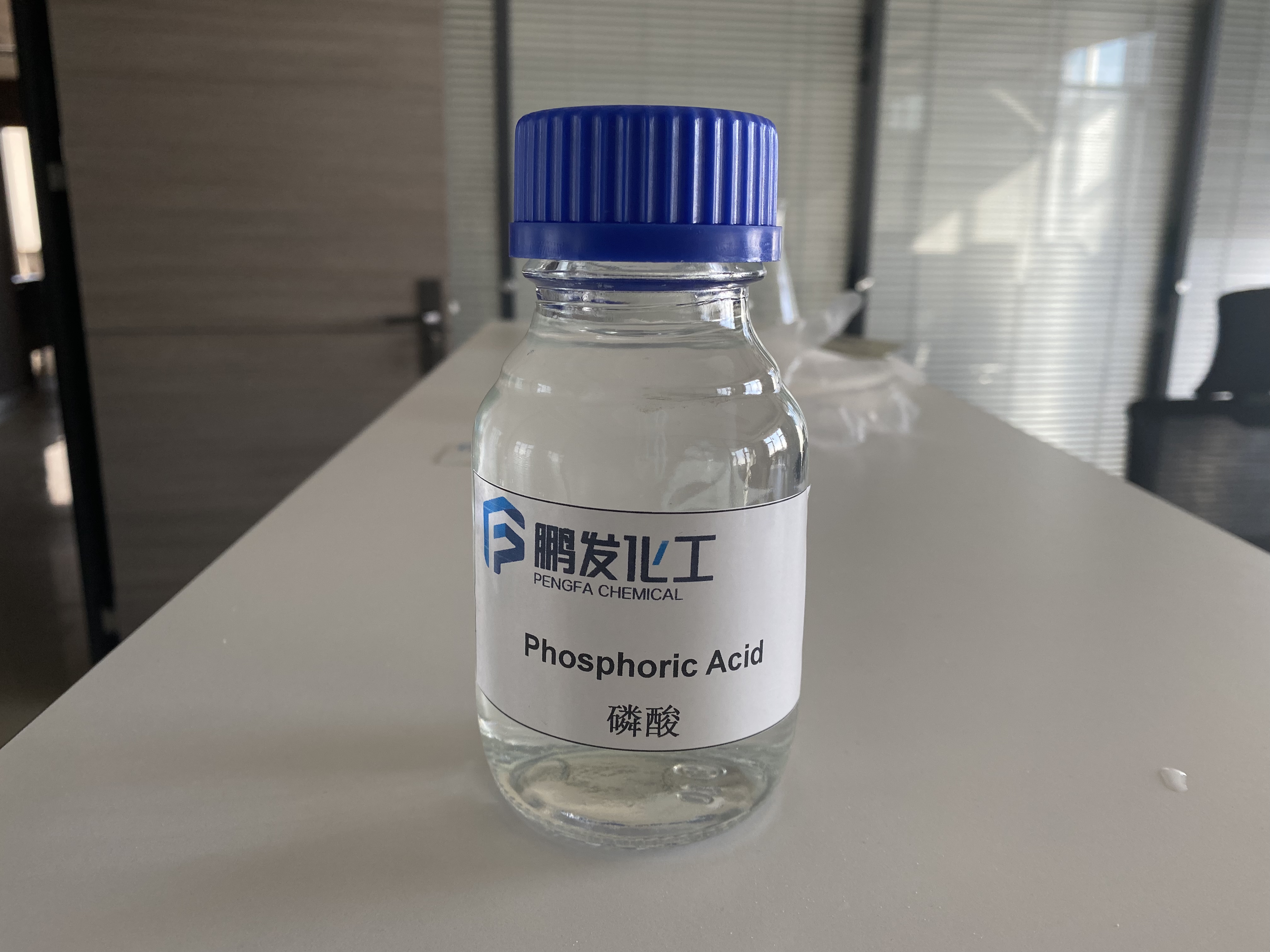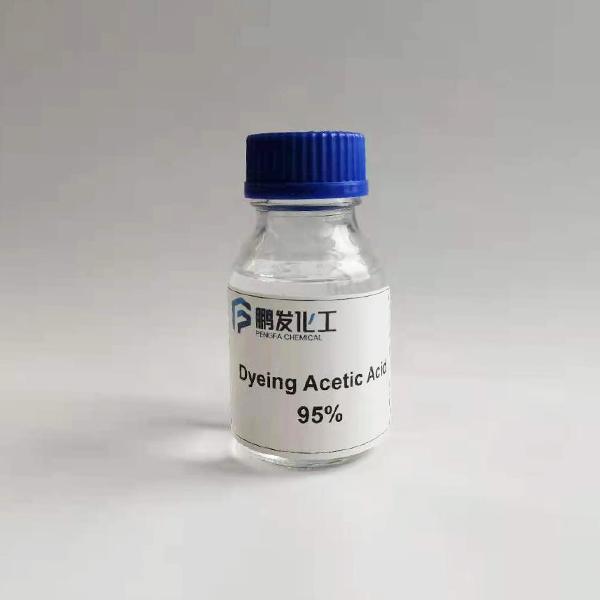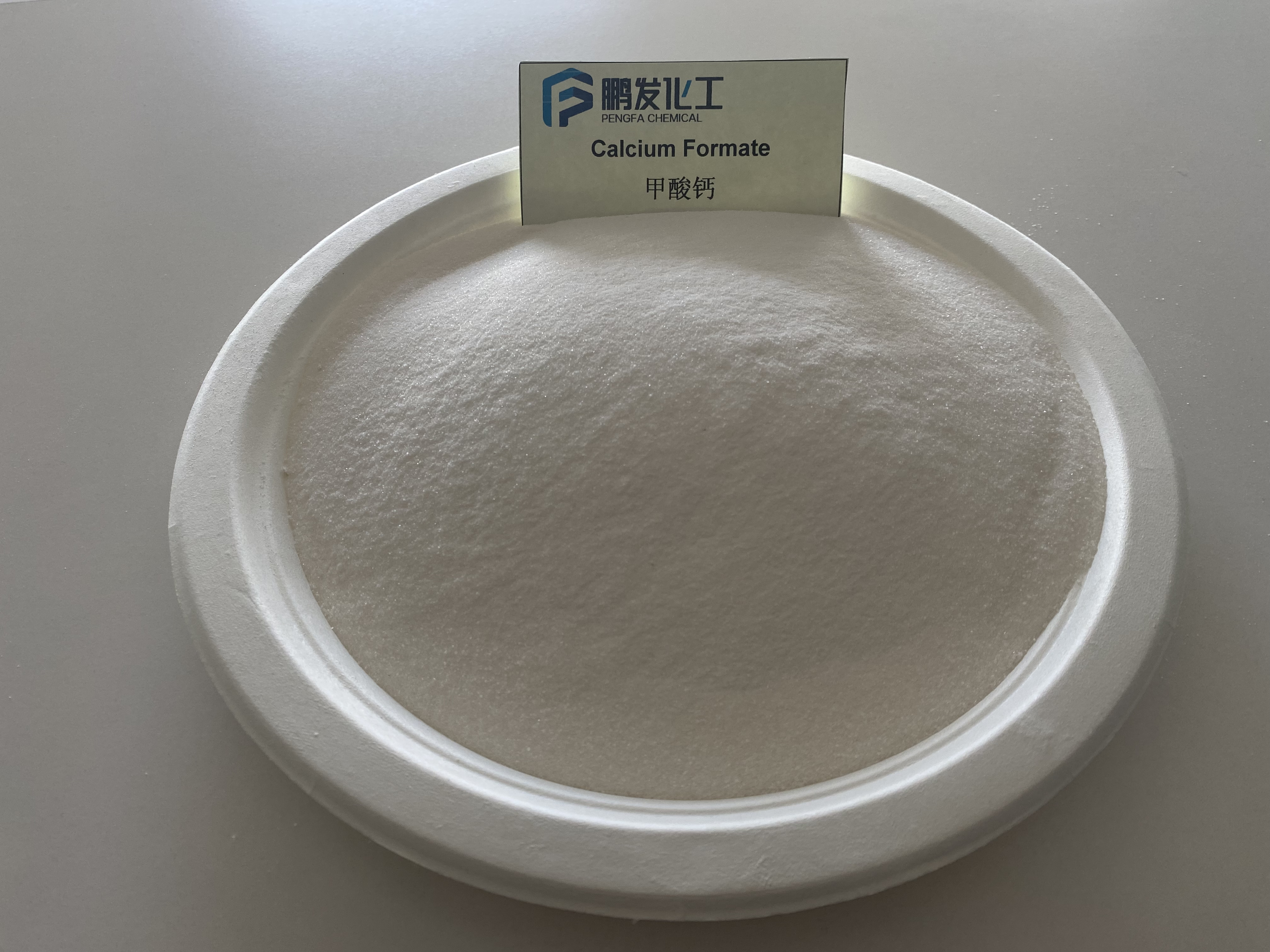What is glacial acetic acid
What is glacial acetic acid,
Glacial Acetic Acid, glacial acetic acid action, Glacial acetic acid manufacturers, glacial acetic acid uses and effects,
Quality specification(GB/T 1628-2008)
|
Analysis items |
Specification |
||
|
Super Grade |
First Grade |
Normal Grade |
|
| Appearance |
Clear and free of suspended matter |
||
| Colour(Pt-Co) |
≤10 |
≤20 |
≤30 |
| Assay % |
≥99.8 |
≥99.5 |
≥98.5 |
| Moisture % |
≤0.15 |
≤0.20 |
—- |
| Formic Acid % |
≤0.05 |
≤0.10 |
≤0.30 |
| acetaldehyde % |
≤0.03 |
≤0.05 |
≤0.10 |
| Evaporation Residue % |
≤0.01 |
≤0.02 |
≤0.03 |
| Iron(Fe) % |
≤0.00004 |
≤0.0002 |
≤0.0004 |
| Permanganate Time min |
≥30 |
≥5 |
—- |
Physicochemical properties:
1. Colorless liquid and irritating dour.
2. Melting point 16.6 ℃; boiling point 117.9℃; Flash point : 39 ℃.
3. Solubility water, ethanol, benzene and ethyl ether immiscible, insoluble in carbon disulphide.
Storage:
1. Stored in a cool, ventilated warehouse.
2. Keep away from the fire, heat. The cold season should maintain a temperature higher than 16 DEG C, to prevent solidification. During cold season, temperature should be maintained above 16 DEG C to prevent/avoid solidification.
3. Keep the container sealed. Should be separated from the oxidant and alkali. Mixing should be avoided by all means.
4. Use explosion-proof lighting, ventilation facilities.
5. Mechanical equipment and tools that prohibit the use of easy to produce sparks.
6. Storage areas should be equipped with emergency treatment equipment and suitable housing materials.
Use:
1.Derivative:Mainly used in synthetising acetic anhydride,acetic ether,PTA, VAC/PVA,CA,ethenone,chloroacetic acid,etc
2.Pharmaceutical:Acetic acid as solvent and pharmaceuticalraw materials, mainly used for production of penicilin G potas-sium, penicilin G sodium, penicillin procaine, acetanilide,sulfadiazine, and sulfamethoxazole isoxazole, norfloxacin,ciprofloxacin, acetyl salicylic acid, non phenacetin, prednisone,caffeine, etc.
3.Intermediate:acetate ,sodium hydrogen di,peracetic acid,etc
4.Dyestuff and textile printing and dyeing:Mainly used inproducing disperse dyes and vat dyes,and textile printing anddyeing processing
5. Synthesis ammonia: In the form of cuprammonia acetate,used in refining syngas to remove a litl CO and CO2
6. Photograph: Developer
7. Natural rubber: Coagulant
8. Construction industry: Preventing concrete from frezing9. In addtin also widely used in the water treatment, syntheticfiber, pesticides, plastics, leather, paint, metal processing andrubber industry
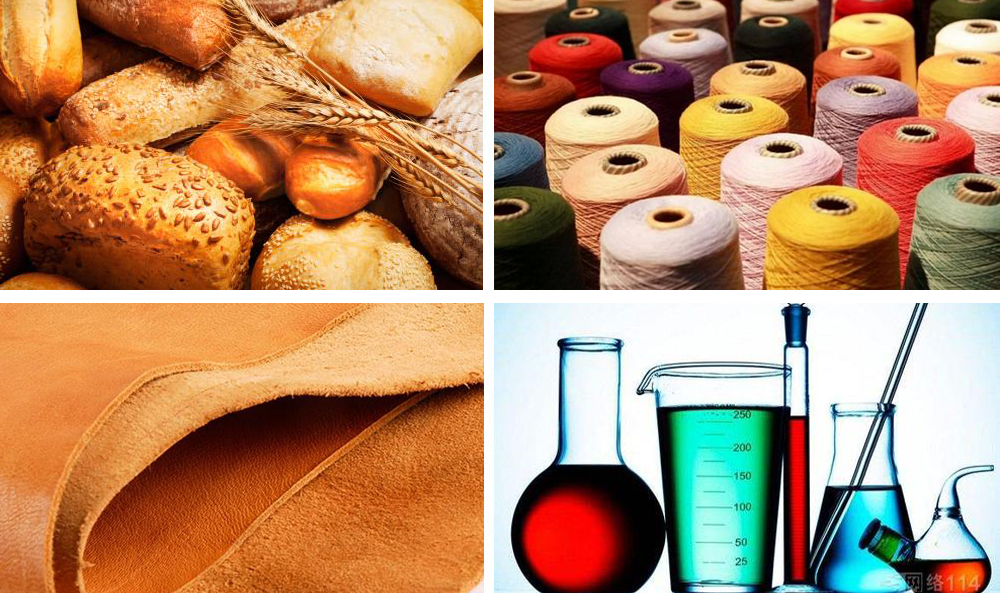

 Acetic acid (also called acetic acid, glacial acetic acid, or the formula CH COOH) is an organic mono acid that ₃ is the source of the acidity and pungent odor in vinegar. Pure anhydrous acetic acid (glacial acetic acid) is a colorless hygroscopic liquid with a freezing point of 16.7 ° C (62 ° F) and becomes a colorless crystal upon solidification. Although acetic acid is a weak acid based on its ability to dissociate in aqueous solutions, acetic acid is corrosive and its vapors are irritating to the eyes and nose.
Acetic acid (also called acetic acid, glacial acetic acid, or the formula CH COOH) is an organic mono acid that ₃ is the source of the acidity and pungent odor in vinegar. Pure anhydrous acetic acid (glacial acetic acid) is a colorless hygroscopic liquid with a freezing point of 16.7 ° C (62 ° F) and becomes a colorless crystal upon solidification. Although acetic acid is a weak acid based on its ability to dissociate in aqueous solutions, acetic acid is corrosive and its vapors are irritating to the eyes and nose.
acetic acid, a saturated carboxylic acid containing two carbon atoms, is an important oxy-containing derivative of hydrocarbons. Molecular formula C2H4O₂, structure Molecular structure
Molecular structure
The short CH₃COOH, HAC is the short form. The functional group of the structural formula is a carboxyl group and CAS number is 64-19-7. Because is the main component of vinegar, also known as acetic acid. In fruits or vegetable oils, for example, mainly in the form of esters of their compounds; It is present as free acid in the tissues, feces, and blood of animals. Ordinary vinegar contains 3% to 5% acetic acid. Acetic acid is a colorless liquid with a strong pungent odor. The relative molecular weight is 60.05, the melting point is 16.6 ℃, the boiling point is 117.9 ℃, the relative density is 1.0492(20/4℃), the density is higher than that of water, the refractive index is 1.3716. Pure acetic acid can form an ice-like solid at below 16.6 ° C, so it is often called glacial acetic acid. Soluble in water, ethanol, ether and carbon tetrachloride. When water is added to acetic acid, the total volume becomes smaller and the density increases until the molecular ratio is 1:1, corresponding to the formation of mono-acid CH3C (OH) ₃, which is further diluted and no longer changes in volume.

